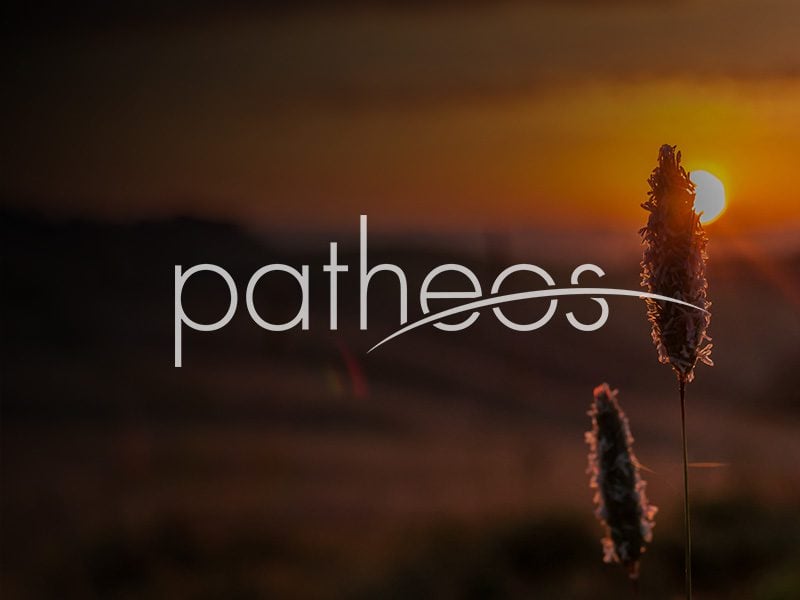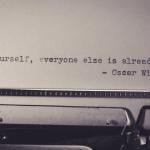Our Life After Death by Emanuel Swedenborg, drawn from his larger work, Heaven and Hell, lays out his vision of the life we have ahead of us once we leave the earth plane. It is based on many direct experiences Swedenborg had over three decades. According to him, he was shown the afterlife and proposes to tell the reader exactly what it’s like, what to expect and furthermore, how to live now in order to spend said afterlife in heaven rather than hell.
I am amazed at Swedenborg’s vision and mystified by Kenneth Ring’s introduction. Ring is well known for his near-death experiences (NDE) research. In this capacity he says Swedenborg’s revelations not only validate near death experiences but have more weight because they “do not derive from the kind of brief and inchoate glimpses that near-death experiencers have often reported to me and other NDE researchers, but from sustained and deliberate forays into this domain.” All right, that makes sense assuming one believes we can travel to such realms. It is reasonable to assume that if one spent more time than is typical of a NDE, one would have a clearer vision of the realm beyond this one. And Ring tells us that Swedenborg was known for his exceptional psychic or clairvoyant powers. It is well to note that others thought him “quite mad.”
I certainly believe that humans can experience realms beyond what we commonly think of the earth plane. As one who is trained in past life regression as well as various forms of energy work, I am not a stranger to the world beyond what we can see, hear, taste, touch and smell. I often quote Hamlet’s comment to Horatio, There are more things in heaven and earth, Horatio, Than are dreamt of in your philosophy.
So I began reading with an open mind, ready to be captivated by Swedenborg’s accounts of his time in the next world. It was the very first chapter that had me returning to Ring’s introduction. Did he really say that Swedenborg’s vision is “not at all one that stems from theological dogma but is, rather, rooted in Swedenborg’s own personal and extraordinary sojourn into the spiritual world itself.” Really? One needs only to read that first chapter to see that Swedenborg’s vision is filled with Christian theology. It is a polemic pure and simple, against one of the central themes of the Protestant Reformation, justification by faith alone. What Ring and the book jacket want us to accept is that what Swedenborg learned in his forays into the other realm were so compelling that he “risked his reputation to contradict church doctrine and publish what he had seen.”
I seriously doubt that it was as clear cut as all that. Swedenborg was a scientist and inventor who began to have visions and dreams midway through his life. He claims to have had a spiritual awakening that opened the unseen realms. Here he talked to angels, demons and other spirits. In his book, True Christian Religion, he calls himself a “Servant of the Lord Jesus Christ.” How on earth can Ring claim Swedenborg’s visions were not theological!
As for his visions contradicting church doctrine, the history of Protestantism is filled with the debate between “justification by faith” and “works righteousness.” Simply put, are humans who have faith in God given unmerited favor because of that faith or do their actions earn God’s saving grace and therefore a place in heaven. Are we to believe that Swedenborg firmly held the justification by faith point of view until God showed him “the way” as he traveled the other realms? For indeed it is that position Swedenborg risked his reputation to contradict in Our Life After Death. Even for one who believes there is something beyond this earth plane (though not a heaven and hell as outlined by Swedenborg), it is difficult to believe that these revelatory visions altered Swedenborg’s theological stance.
Perhaps I am simply being cynical but regardless of whether Swedenborg’s visions changed his position or not, they are not “truth.” One of the gifts of post-modernism is the understanding of context. It is clear today that our view of the world is heavily influenced by our cultural, social and theological context. Often we are so immersed in our environment that we don’t realize the extent to which they shape our thoughts and actions. So it was with our ancestors. Naturally those that received information through dreams and visions assumed they were receiving “truth.” It wouldn’t have occurred to Swedenborg to wonder what kinds of dreams and visions Sufi or Hindu or Buddhist mystics were receiving. But rest assured it is highly unlikely their experiences were of heaven, hell and the Lord predicting the Last Judgment. Swedenborg’s book is an interesting read but I would not depend on it as a guide for what awaits us when we leave our physical form.










